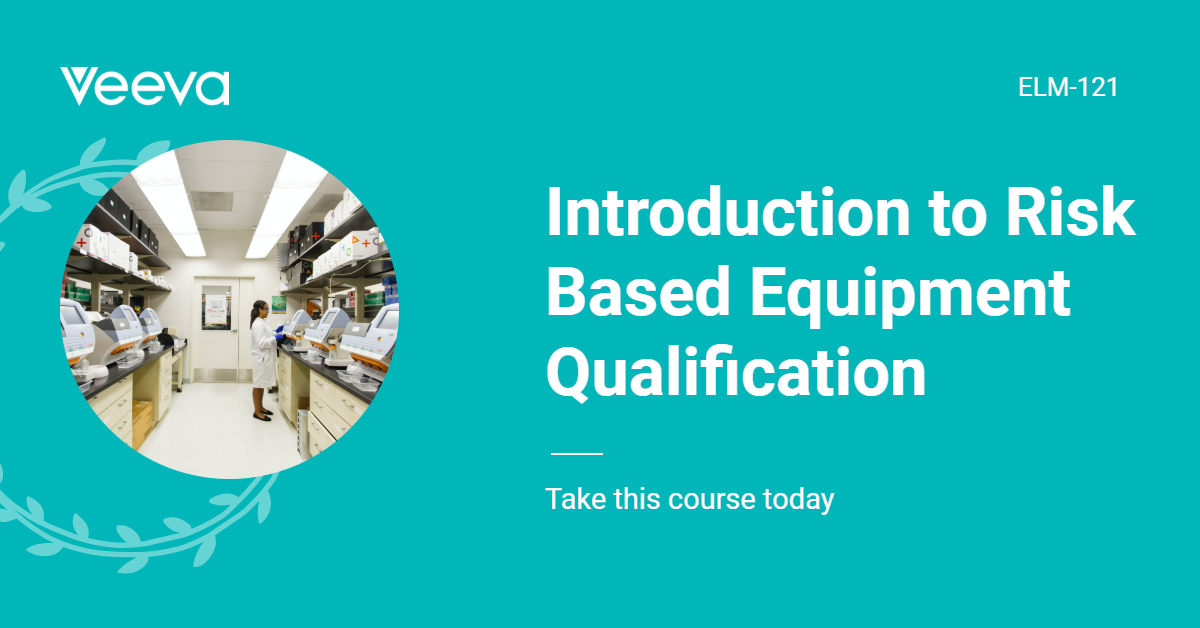A process for validating equipment must also be established.
Prior to validation it is common practice to have a process for purchasing and bringing in new equipment.
Typically, the process is initiated by providing requirements to the manufacturer and once the equipment is built, a factory acceptance test, or FAT is performed.
This is a series of tests to show that the equipment is meeting the requirements and is functioning properly at the manufacturer’s site (or at the factory).
Once the FAT is successfully completed the equipment is transferred to the customer organization where the Site Acceptance Test, SAT is performed.
Equipment Validation Process – SAT
The SAT typically provides evidence to ensure that the equipment is still performing as per the specifications once it’s been transferred to the customer site.
In addition, to the equipment itself, typically a turn over package, or TOP, is provided to the customer.
Turnover Package
The TOP includes all of the relevant documentation and will likely include most of the following:
- Operation and maintenance manuals
- Specifications
- Wiring diagrams
- Schematics
- Spare parts lists
- Troubleshooting guide
- Safety information
- Completed FAT
- Completed SAT
- A list of cleaning agents used
- A list of lubricants used
- Any certifications of components as required
The FAT, SAT, and TOP are not required by 21CFR820 and do not replace validation; however, these items typically define the maintenance, adjustment and validation requirements which are required by the regulations.
Each of these steps is often connected to milestone payments and therefore financial incentives to complete each phase of transferring the equipment to the manufacturing site as well.





